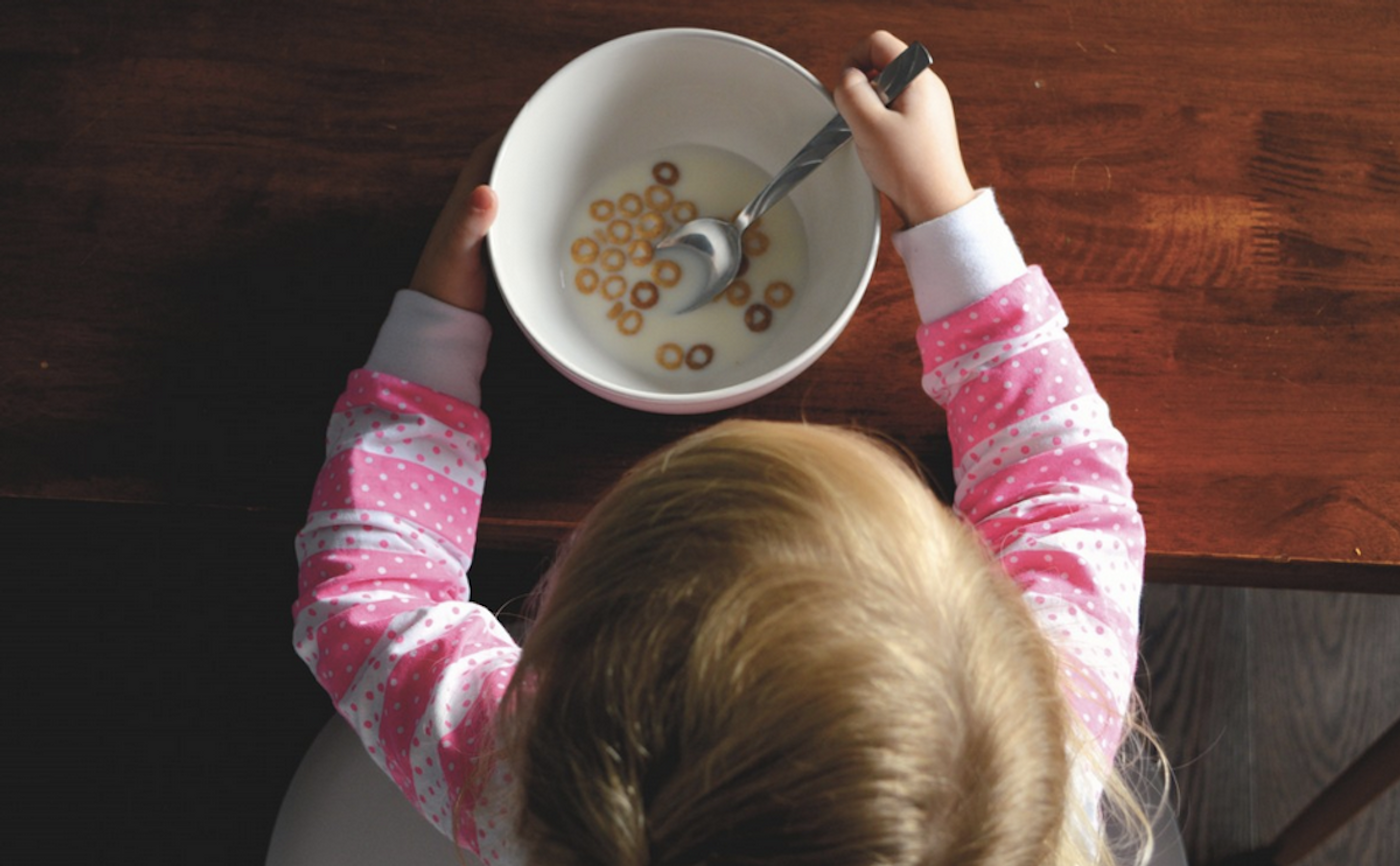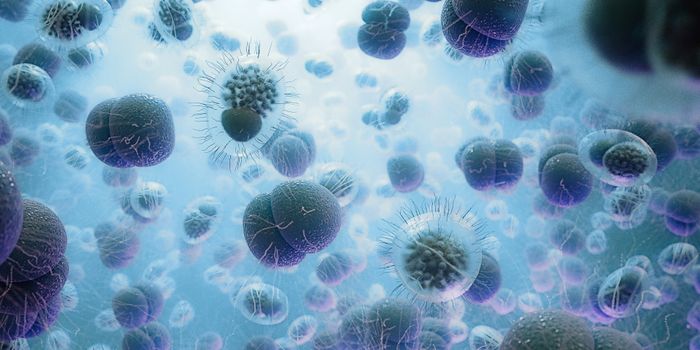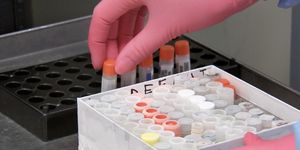Are Gut Microbes a Solution to Malnutrition?
The bacteria in our gastrointestinal tract, called the gut microbiome, have a big influence on our health, and they serve some important functions in digestion and nutrient absorption. Scientists are learning more about what makes a healthy microbiome, and what specific strains of microbes are connected to certain diseases. Globally, more than 150 million children are affected by malnutrition. Studies have suggested that it's not only caused by lack of access to food, but also due to disruptions in the gut microbiome, which doesn't develop correctly in malnourished children. Researchers are now suggesting that a therapeutic food can enhance the gut microbiomes of malnourished children, and this food seems to be better at promoting growth in kids than standard approaches.
The findings are based on a clinical trial that was conducted in a Bangladesh slum in the city of Dhaka, and have been reported in The New England Journal of Medicine. In the trial, the children were given locally available, acceptable foods that were also selected for their ability to raise levels of healthy gut microbes that encourage growth.
“Malnutrition has proven extraordinarily difficult to treat; standard calorie-dense therapeutic foods have been shown to prevent the deaths of malnourished children, but have been ineffective in overcoming growth stunting and other damaging effects of malnutrition, including impaired brain development, bone growth, and immune function,” said senior study author Jeffrey I. Gordon, MD, the Dr. Robert J. Glaser Distinguished University Professor at the Washington University in St. Louis.
“In an attempt to address this problem, we are investigating whether repairing the poorly developed microbial communities of malnourished children will impact their growth. This is the first time that a microbiome-directed therapeutic food has been compared with a standard therapy in malnourished children; moreover, it produced a superior rate of weight gain, the key primary clinical outcome of the trial.”
This trial lasted three months and enrolled 118 Bangladeshi children between the ages of twelve and eighteen months. They'd all been diagnosed with acute malnutrition, in which the body begins to break muscle down and consume fat reserves. Half of the children got standard therapeutic food while the other half got food that was designed to help repair the gut microbiome.
The microbiome-promoting food (confirmed by previous clinical studies) was a mix of bananas, chickpeas, soy, and peanuts. The standard food, based on rice and lentils, has about 20 percent more calories. Various health checks were performed and the composition of the microbiome was assessed during the intervention and one month after it stopped.
The researchers found that the children that ate the microbiome-promoting food gained more weight and had larger arms (by circumference) than the children that got the standard food, even after the therapy stopped for a month. The researchers are going to continue to follow up on the kids.
“When we look at the standard clinical measurement for assessing acute malnutrition - the weight-for-length z score - the difference between the two treatment groups was even more significant one month after we stopped the treatment,” noted co-first study author Robert Chen, a graduate student in Gordon’s lab. “If this rate of growth was maintained for a year, we estimate an improvement in the weight-for-length z score of almost one full standard deviation.
An assessment of the gut microbiome showed that the levels of certain strains of bacteria were positively correlated with more growth, and two were negatively correlated (as their levels went up, growth was decreased). The microbiome-promoting food was also found to increase the levels of 21 bacterial strains that encouraged growth in the kids while it reduced the levels of the negatively correlated bacteria. Blood samples also showed that the health of the kids that got the microbiome-promoting food was improved.
“The rate of improvement in the weight of the children receiving the new therapeutic food designed with healthy gut microbes in mind was significantly greater even though its caloric density was 20 percent lower than the standard food,” Gordon added. “This suggests that the repair of the gut microbiome, and not just additional calories, is key to healthy growth in these children.
“We are also exploring the possibility of bringing a clinical trial of this new therapeutic food to children who would benefit from a nutritional intervention here in St. Louis. We are at the earliest stages of this process, beginning to engage with members of the local community. We can’t begin one of these trials without making sure community leaders, community members, parents, and caregivers are fully engaged with the process,” Gordon concluded.
Sources: Washington University in St Louis, New England Journal of Medicine









